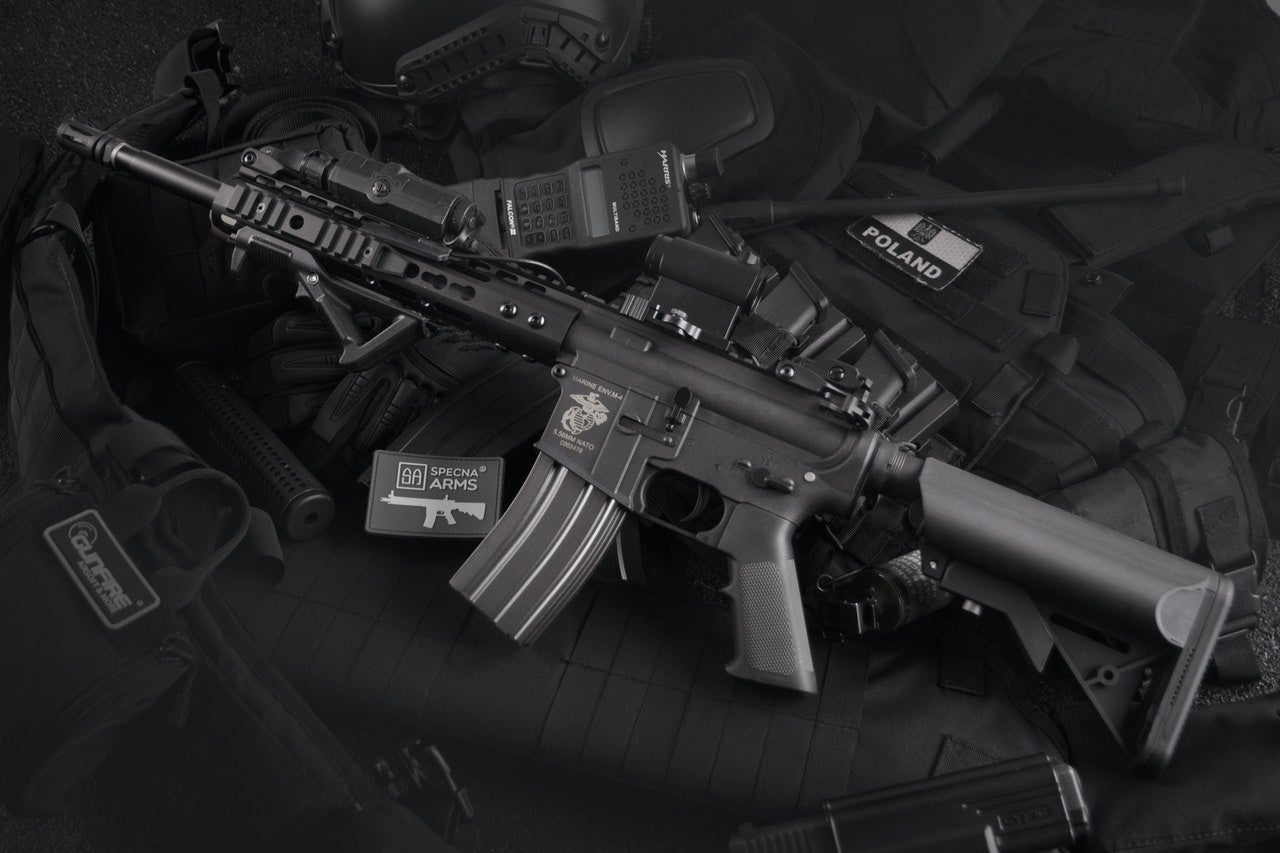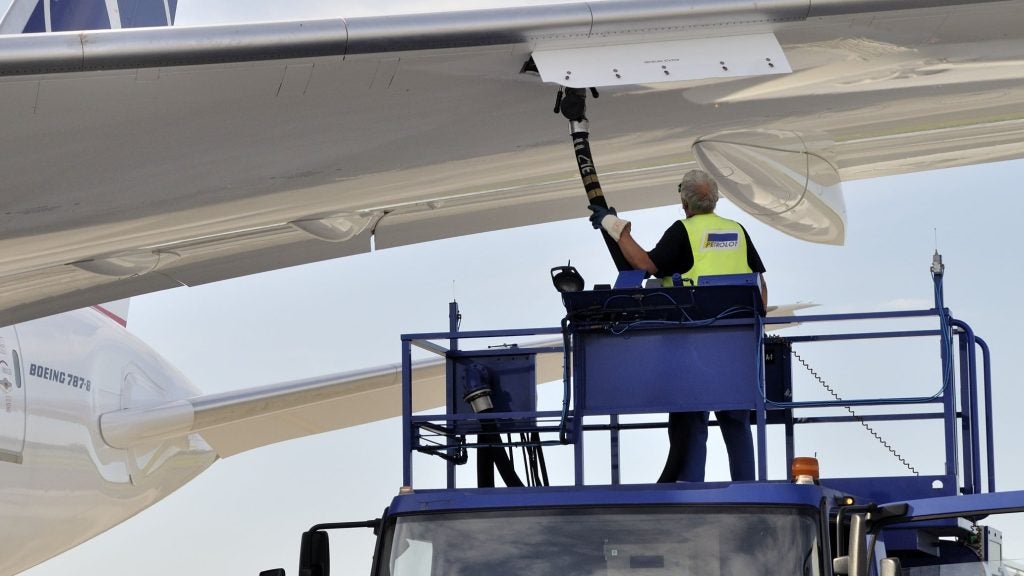
In April 2021, two Egyptian planes recently landed in the Libyan airport of Sabha, smuggling weapons and ammunition to Khalifa Haftar, leader of the Libyan National Army and the de-facto ruler of the Libyan state of Cyrenaica and Libya’s second-largest city, Benghazi.
This is not the first time foreign powers have intervened in the Libyan conflict, illegally procuring arms and defying the 2011 UN embargo, which prevents UN Member States from supplying weapons to any parties involved in the conflict.
As reported by the Guardian, in March 2020 there was an increase in military powers sending supplies to the different factions of the conflict. According to flight traffic data, the United Arab Emirates sent more than 100 deliveries between mid-January and March 2020, carrying more than 5,000Mt of cargo.
Libya is not the only country to have illegally trafficked arms via air. Experts from the UN Office on Drugs and Crime highlighted that in 2016-2017 8% of all firearms seizures took place via air, with Brazilian airport authorities detecting the most.
As air traffic is bound to recover from the effects of the Covid-19 pandemic and with it the risks of arms trafficking, what can aviation – and especially airports – do to stop it?
How well do you really know your competitors?
Access the most comprehensive Company Profiles on the market, powered by GlobalData. Save hours of research. Gain competitive edge.

Thank you!
Your download email will arrive shortly
Not ready to buy yet? Download a free sample
We are confident about the unique quality of our Company Profiles. However, we want you to make the most beneficial decision for your business, so we offer a free sample that you can download by submitting the below form
By GlobalDataA difficult issue to assess
Matt Schroeder, senior researcher at Small Arms Survey, believes that assessing the magnitude of illegal arms trafficking is very difficult not only because of the lack of data but also because it varies depending on the country.
“Trafficking via air is not infrequent, but it varies from country to country,” he explains. “I would say that the most affected are countries in conflict but that’s an oversimplification because every region in the world suffers from arms trafficking, but the type of arms that are trafficked and what they are used for varies significantly from region to region.”
The actors carrying out the smuggling can also differ, depending on region and motive. Schroeder says that at one end of the spectrum there are individuals who conceal the arms aboard regular passenger planes, disassembling them in their luggage.
Larger scale trafficking can be carried out by national and transnational entities, including governments and terrorist organisations.
“The other end of the spectrum involves trafficking by entities such as the North Korean Government, which occasionally uses military cargo aircraft,” Schroeder continues. “A good example of that was a shipment interdicted in 2009 that I think was carrying 35t of weapons, including shoulder-fired surface-to-air missiles.”
Holistic approach
Aviation security measures have drastically improved post 9/11, with passenger and luggage security checks becoming the norm worldwide.
In the US, 9/11 led to the creation of the Transportation Security Administration – a government agency for the control of airports – and the EU created the European Aviation Safety Agency and the European Commission’s air safety regulations.
Based on the Convention on International Civil Aviation, EU regulators appoint countries’ civil aviation authorities as responsible for ensuring that those transiting over their national airspace adhere to certain standards, which are the same to all member states.
One example is the EU Air Safety List, a list of all the airlines that are either banned from or restricted from operating in Europe.
“The Air Safety List helps affected countries to improve their levels of safety, in order for them to eventually be taken off the list,” Airport Industry Review reported the European Commission as saying in 2018 statement. “In addition, the EU Air Safety List has become a major preventive tool, as it motivates countries with safety problems to act upon them before a ban under the EU Air Safety List would become necessary.”
Experts believe that stopping the illegal trafficking of arms is not an issue that concerns only one sector such as aviation, but it’s something that requires a more holistic approach.
“It’s not the responsibility of a single sector,” says Schroeder. “It’s a problem that requires law enforcement intervention, it requires efforts by the military to secure their stocks and export control official to make sure they know the end-user.”
Promoting a “culture of security”
For its part, the aviation industry – both passenger and cargo – has always worked together with governments and other stakeholders to prevent all types of illegal trafficking, including arms.
Measures are carried out both at an international level as well as by individual operators – including airlines, airports and ground handling agents. “The whole spectrum of entities that handle aviation carry out risk assessments on an ongoing basis and then apply controls to mitigate risk,” says International Air Transport Association director of security Matthew Vaughan.
As for airports, operators recognise their role in supporting stakeholders when it comes to stop illegal trafficking but feel the need for greater clarity when it comes to the distribution of roles.
“The measures taken against these activities should be integrated into a seamless arrivals process,” explains Airport Council International World senior director of security and facilitation Nathalie Herbelles. “A good relationship, reinforced by memorandums of understanding, guidelines or other instruments agreed at the local level will help in the determination of each stakeholder’s roles and responsibilities.
“It is important that operators support their staff in providing awareness training and creating processes to report suspicious activities.”
Awareness training and strengthening staff security components have been at the centre of the industry’s focus for the last few years, explains Vaughan.
“In the last five, six years, there has been a strengthening in the amount of background checks of people that work within the secure zone and the actual security overlay of the secure zone,” he says.
“It’s the ability of the staff on the inside to be able to detect and implement various controls, but also ensure that staff are not implicated in facilitating the trade of arms through aviation.”
Airports, as well as operators within the industry, should also facilitate a culture of security.
“We believe that the hard, physical measures are perfectly in place to mitigate different kinds of security risks but it’s the soft, human measures such as raising awareness around security posture that all entities should be doing.”




